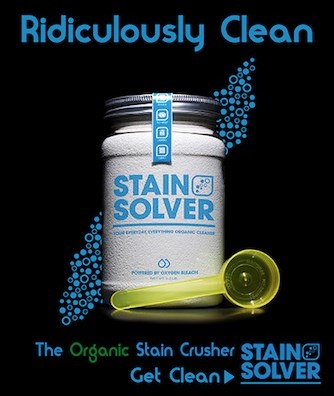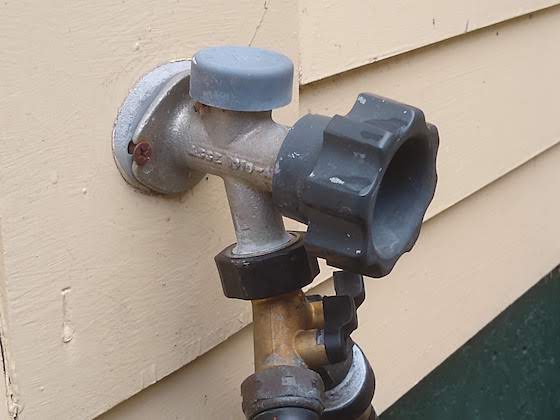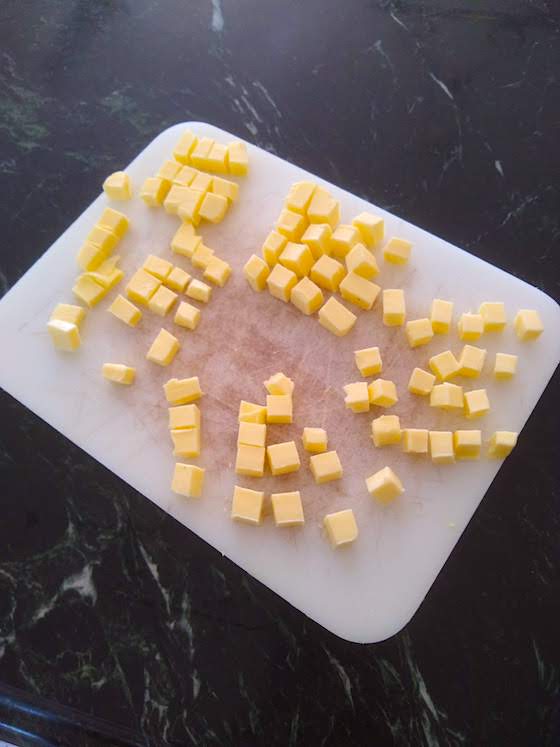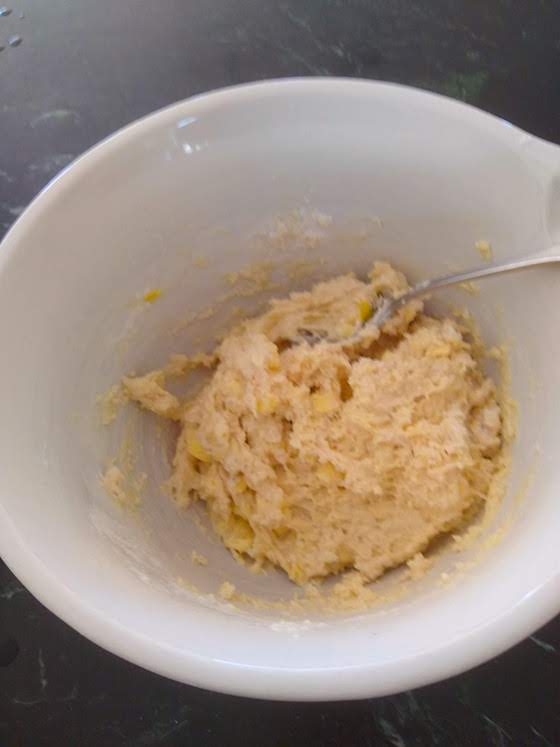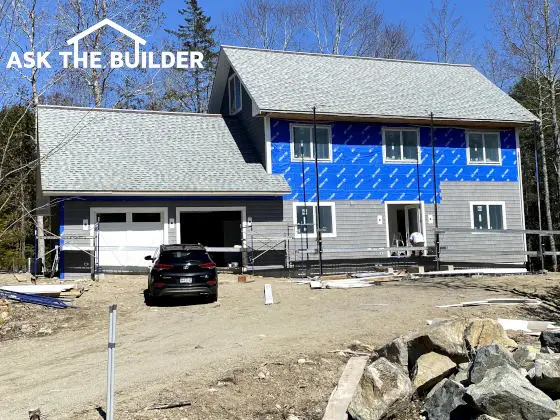Do you like trying new things and meeting new people?? I do too! You’re a new subscriber, aren’t you? Don’t be bashful! You arrived at just the right time. Did you notice that this issue of the newsletter smells like piping hot biscuits made from scratch? Don’t believe me? Keep reading!
It’s important for you to know that I love listening to music while I create this newsletter for you. This week I was reminiscing, wondering if you’d let me pop fireworks on the 4th of July. CLICK or TAP HERE to listen to this fun short ballad.
I know, I know, you get so flustered when I greet our new family members first. You know I love you, right? Heck, there’s a good chance you’ve been a subscriber long enough that you remember when I got the entire solar-powered attic fan industry up in arms. They were SO ANGRY at me! Yeeeowza!
But by gosh, it’s my job to tell the truth, right? CLICK or TAP HERE to see why the manufacturers of the wimpy solar-fan were so upset.
The Fun Quiz
Several weeks ago on a whim, I started a new feature in the newsletter - the FUN one-question QUIZ.
Patty loved last Sunday’s quiz. She shared, “Your quiz brought back memories for me. When I was a kid my mother always told my sisters and me to get our bumbershoots when it was raining!!! Thanks for the walk down memory lane!!!”
So far, the quiz has had nothing to do with building or remodeling, but rest assured the day will soon come when I’ll test you on a few fun points about my craft.

The quiz is really gaining steam. This week it’s loosely tied to World War One. Over 1,100 Bostonians gave the ultimate sacrifice in that wretched conflict.
Several weeks after the armistice was declared, twenty-one people in Boston also met a tragic end. CLICK or TAP HERE to see if you know why. REMEMBER, do NOT research this! Don’t look it up or ask Siri or Alexa. Just TAKE the pop quiz and see how you do!
Oh, this is IMPORTANT: This quiz has a second non-required question. If you like the quizzes, please tell me why. Thanks!
CLICK OR TAP HERE to see the quizzes you’ve missed out on!
The Truth
The past few weeks, I’ve been having some online discussions about truth. This relates to you because you need the truth when talking with contractors.
How can you get to the truth? Sometimes you need to force the discussion.
Carla contacted me four days ago to discover how to extract the truth when she starts to talk with chimney-rebuilding contractors.
Carla hired me to write a set of chimney cap/crown specifications for her, including a color drawing. She can use this illustrated information to get tight bids and find an honest contractor who will tell her the truth.
You can purchase these specifications too if you want your chimney crown built the right way. Here's part of the drawing of the chimney crown.
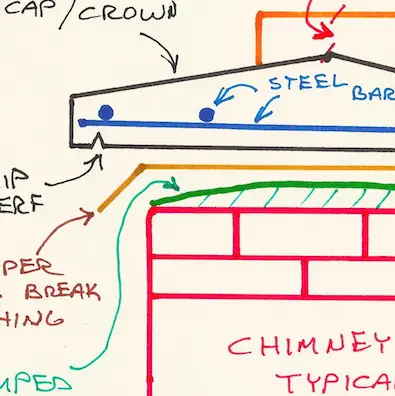
You may not know this, but I’ve been an expert witness in home building and remodeling lawsuits for almost twenty years. The last case I worked on had me crawling over the roof of the Brazilian Ambassador’s home on the island of Antigua. Trust me, it was hot enough to fry the freshest Caribbean eggs on that roof!
What does working as an expert witness have to do with you getting the truth out of contractors? Allow me share some light on this.
While I was a Councilman in Amberley Village, Ohio, I had the good fortune to work with Louis Katz, a prominent attorney in Cincinnati. One day Lou and I were talking about an issue and he said, “A half-truth is a whole lie.”
Have you ever thought about that? If you have kids, then you might know a thing or two about half-truths!
I’ve given sworn testimony in countless depositions. A deposition is a fact-finding meeting where the attorney for the opposing side asks you questions under oath. I’ve also sat in the witness chair in the courtroom. In both instances, you’re sworn in because your testimony can make all the difference in the dispute.
Even if you’ve never testified under oath, you’ve surely seen it done in a TV show or movie. Here’s the familiar oath you take: “I swear to tell the truth, the whole truth, and nothing but the truth so help me God.”
Why is the whole truth important? Without all the truth, a judge or jury can’t make the right decision! The same is true for you. You can’t make the correct decision about work around your home or some other issue if you don't have the whole truth.
Just like I often like a whole plate of something - - including pecan pie - - you should strive to get the whole truth before making an important decision.
You deserve the whole truth from the contractor you’re about to hire. The best way to get to the whole truth is by understanding exactly how to do the job the right way.
Joe’s Free-Standing Tree House ERRORS
Last week, I had to help Joe make sure his 9-year-old son wouldn’t get seriously hurt in a tree-house collapse.
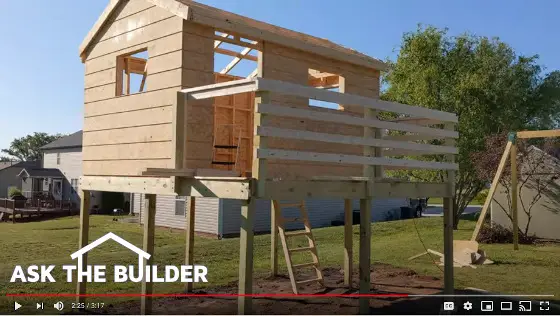
CLICK or TAP HERE to listen to how I helped keep Joe’s son out of the hospital. I think you’re going to love the videos and drawings you’ll see.
Tim Bakes from Scratch - FIRST TIME!
How many times have you heard me talk about the importance of following instructions? Lots of times, like every few weeks!
Have you been fearful of tackling a DIY project at your home for the first time ever? Perhaps the instructions are intimidating.
Believe me, I understand as I’ve done everything possible for decades to avoid baking like my grandfather used to do in his own bakery in Cincinnati, Ohio.
That long string of avoidance and endless excuses ended yesterday.

CLICK or TAP HERE to read an interesting story about me taking my own advice to follow instructions and create the scratch biscuits in the above photo!
If you bake from scratch on a regular basis, I can’t wait to read your comments! Just enter them at the bottom of the column. For goodness sake, please be gentle! Imagine what I might say about your first attempt at taping drywall!
That’s enough for Mother’s Day. If you’re a mom, my hat’s off to you. I hope you have a grand day and that you get lots of fine prizes from your kids.
I miss my own mom and wish I could make her fresh biscuits today!
Yes, Mom, you won! The lima beans dissolved in my mouth as we glared at each other across the kitchen table all those years ago. But you were so frustrated you got up and left before you realized they ended up in my belly. Maybe we’ll have lima beans for dinner one night in Heaven! But before that, we’ll have a vodka and ginger ale cocktail!
Tim Carter
Founder - www.AsktheBuilder.com
BEST CLEANER in the WORLD - www.StainSolver.com
Skunk Waves - www.W3ATB.com
Do It Right, Not Over!
P.S. What do you think of these wood shakes?
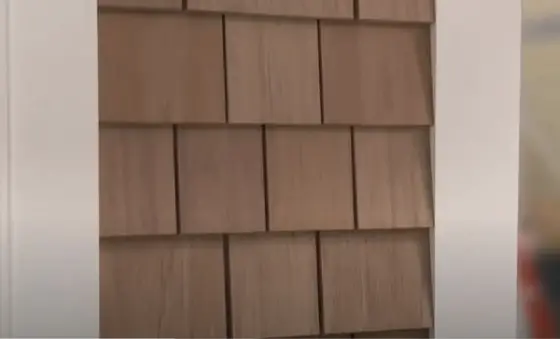
Are you sure they’re wood? Maybe not! CLICK or TAP HERE if you want to see what’s going to be on the next house I build for myself.

